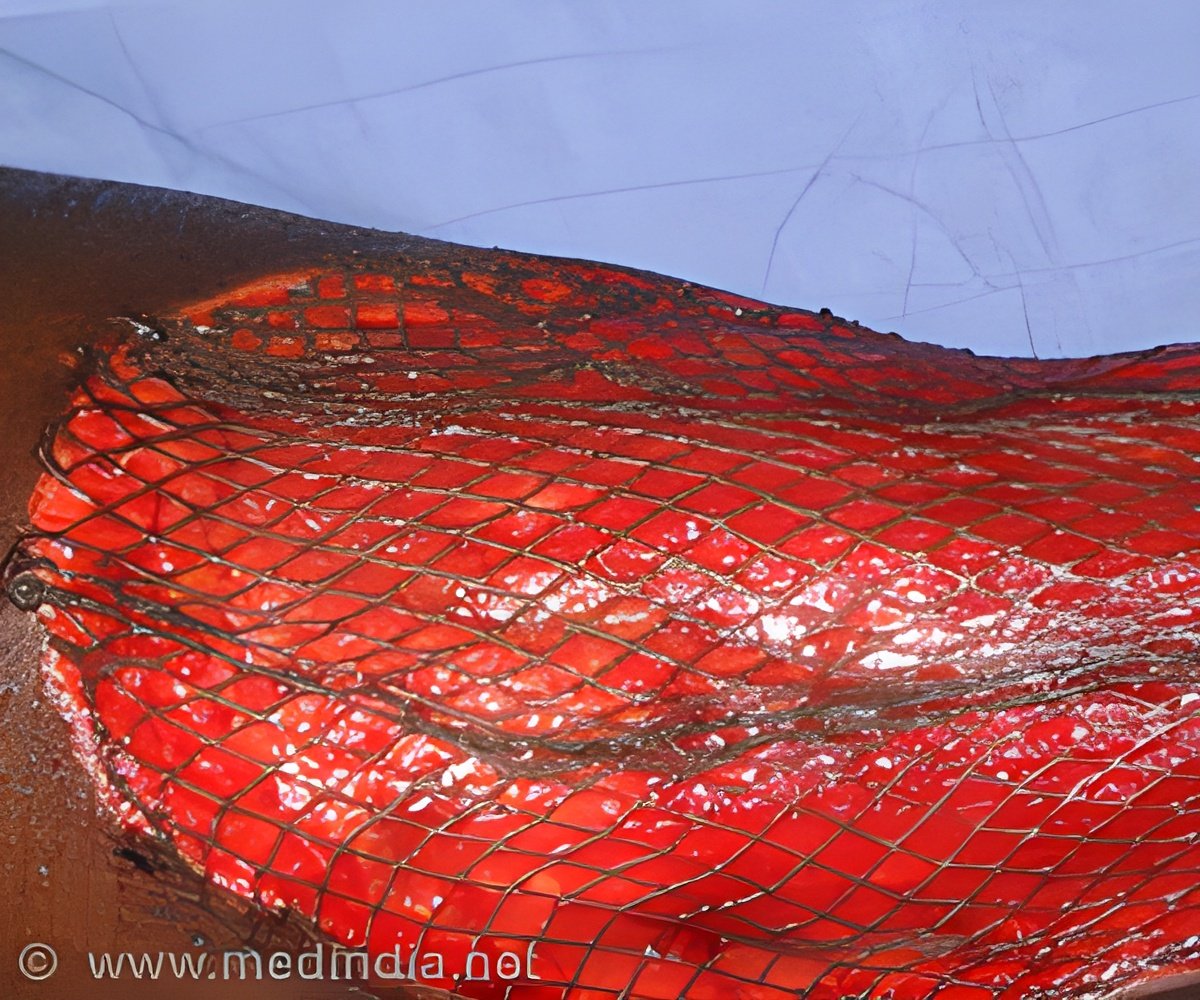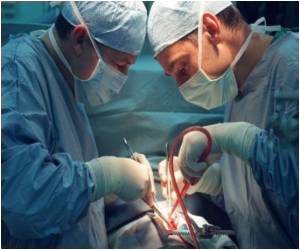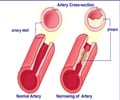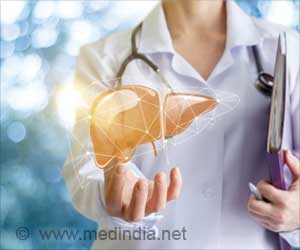Pain, discomfort, and inability to perform regular activities are suffered by millions of people with scars.

Dr. Marco Klinger and coauthors of Università degli Studi di Milano report good results with fat grafting in hundreds of patients with difficult-to-treat scars causing pain and limited motion. "For scar treatment, where medical and surgical therapies seem to be ineffective especially in the long term, autologous fat graft has proven to be a new chance to repair tissue damage," the researchers write.
Fat Grafting Shows Promise as Treatment for ScarsDr. Klinger and colleagues used autologous fat grafting to treat persistent scarring problems in nearly 700 patients over six years. ("Autologous" means using the patient's own tissues.) All patients had abnormal, painful scars causing hardening or tightening of the skin, often with limitation of motion. The scars—resulting from burns, surgery, or other causes—had not improved with other treatments.
The fat grafting procedure began with liposuction to collect a small amount of the patient's own fat tissue—usually from the abdomen or hips. After processing, surgeons reinjected the fat cells under the skin in the area of scarring. Fat was distributed in different directions, with the goal of creating a "web" of support for scarred, damaged skin.
Fat grafting led to significant improvement "both from an aesthetic and functional point of view," according to Dr. Klinger and coauthors. The skin in the scarred area became "softer and more flexible and extensible, and very often color seem[ed] similar to the surrounding unharmed skin."
After fat grafting, the patients had decreased pain and increased scar elasticity. Improvement began within two weeks, continued through three months, and persisted through one year and beyond. In a subgroup of patients, objective testing of skin hardness and clinical ratings by doctors and patients provided further evidence of treatment benefits.
Fat grafting helped solve other difficult surgical problems as well. In one case, a breast cancer patient was left with hard, painful scars after complications from breast reconstruction. Treatment with fat grafting allowed a successful second breast reconstruction to be performed.
It's not yet clear exactly how fat grafting exerts its benefits in scarred tissues. One factor may be the fact that fat tissue includes stem cells, which can develop into many different types of cells active in the wound healing and tissue repair process.
Dr. Klinger and coauthors believe their experience shows fat grafting is a "promising and effective therapeutic approach" to scars from various causes—not only burns and other forms of trauma but also after surgery or radiation therapy. "[T]reated areas regain characteristics similar to normal skin," leading not only to improved appearance but also improved function in patients with problematic scars that don't respond to other treatments.
Source-Eurekalert
 MEDINDIA
MEDINDIA




 Email
Email









